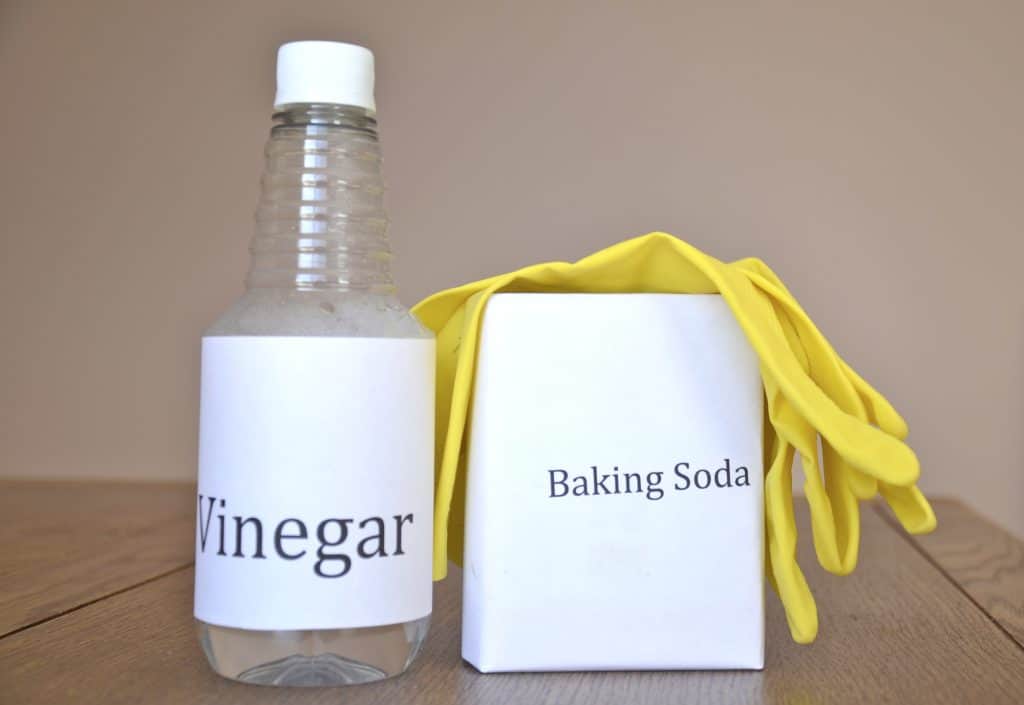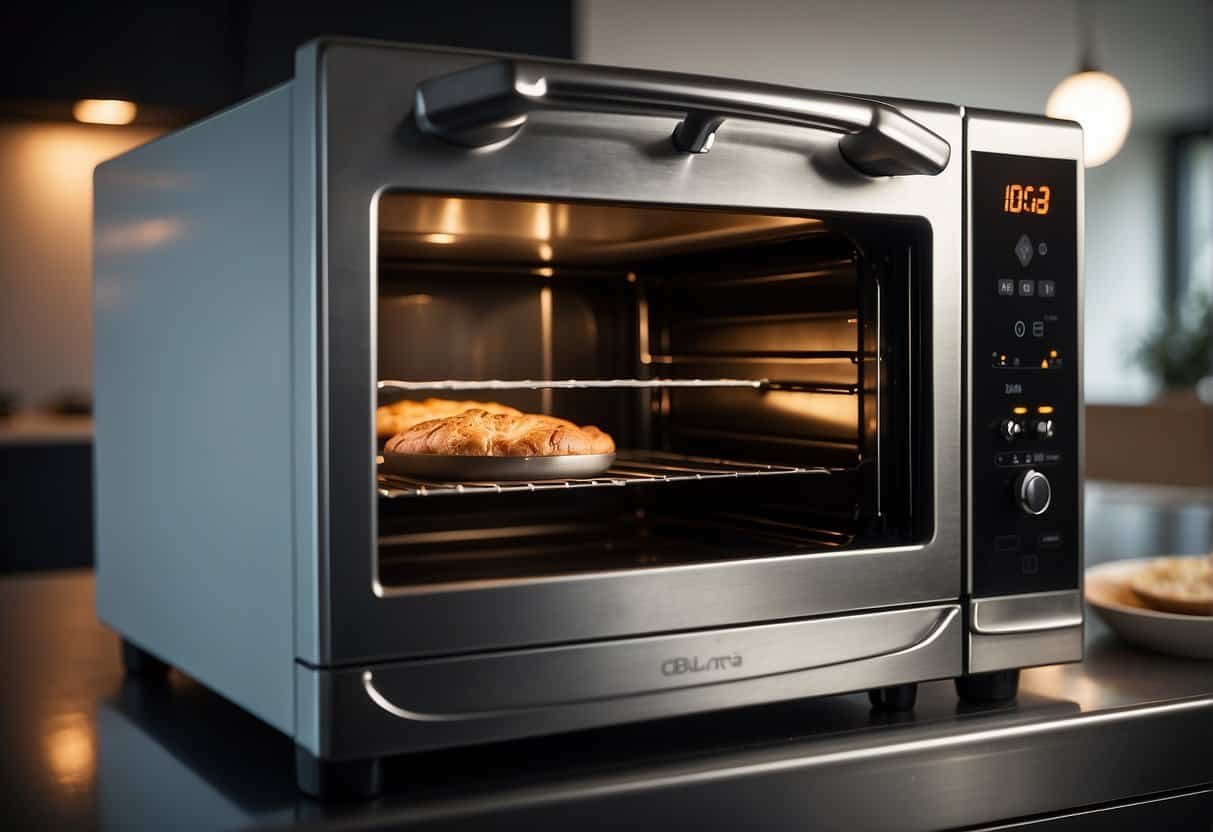Table of Contents
When I detect the distinct smell of kerosene in my home, it often sets off alarm bells. The odor can be unsettling, not only because it’s unpleasant but also because it hints at potential hidden issues around the house.
This smell can originate from several sources, and it’s essential to identify the cause swiftly to resolve the problem effectively.

My experience tells me that common culprits for a kerosene-like odor include accidental spills from heating systems or stored containers, but sometimes, it’s not actual kerosene causing the smell. Certain home activities, like painting or using petroleum-based products, can emit similar smells.
On occasion, the mixing of household chemicals or a malfunction in gas-operated appliances could produce this kerosene-like scent, which is why it’s crucial to evaluate the situation with a meticulous and informed approach.
Understanding the root of the problem allows me to tackle it properly. Whether it’s addressing an appliance leak, improving ventilation after using products with potent fumes, or cleaning up spilled substances, the aim is always a safe and odor-free living environment.
Understanding Kerosene Odors in the Home
If you’ve detected a kerosene smell in your home, identifying the cause is critical. I’ll guide you through the types of substances involved, common sources, and the importance of heater maintenance.
Exposure to Volatile Organic Compounds (VOCs)
Kerosene odors are often due to volatile organic compounds (VOCs) that can be released from burning fuel sources. VOCs are chemicals that easily vaporize at room temperature and can cause a range of health issues.
When kerosene is used as a fuel source, the combustion process can release these compounds into the air, creating the distinct odor associated with kerosene.
Common Sources of Kerosene Smell
The most common sources of a kerosene smell in your home include the following:
- Accidental spills from kerosene containers
- Leaks from improperly stored kerosene
- Residue from using kerosene-powered equipment such as lamps or stoves
- Incomplete combustion from a kerosene heater, which can release unburned kerosene into the air
Kerosene Heater Maintenance
To mitigate kerosene odors, proper maintenance of kerosene heaters is crucial. This involves:
- Regularly cleaning the wick and burner to ensure complete combustion
- Ensuring the heater is properly ventilated to the outside
- Following the manufacturer’s instructions for care and use
Health Risks Associated with Kerosene Fumes
Kerosene fumes can be harmful to health, particularly when individuals are exposed to them over prolonged periods. My focus is on explaining the symptoms of exposure, the respiratory concerns, and the risks of carbon monoxide poisoning.
Symptoms of Kerosene Exposure
I am aware that inhaling kerosene fumes can lead to a variety of symptoms. This often includes:
- Headache: A common symptom marked by persistent pain in the head.
- Dizziness: An impaired sense of balance or stability.
- Vomiting: This may occur as a more severe reaction to the toxicity.
- Skin irritation: Exposure to the fumes can result in discomfort and reactions on the skin.
Respiratory Problems and Allergic Reactions
Kerosene fumes are particularly troubling for the respiratory system. Here’s what I understand about their impact:
- Respiratory distress: Difficulty in breathing or shortness of breath.
- Allergic reactions: Symptoms such as wheezing or coughing may manifest as a response to kerosene inhalation.
Carbon Monoxide Poisoning
One danger not often associated with kerosene use is the risk of carbon monoxide production. If kerosene appliances are not adequately ventilated:
- They can produce carbon monoxide, leading to potentially fatal carbon monoxide poisoning.
Identifying Kerosene Smells and Related Issues

When my house began to emit a strange odor, it was crucial to accurately identify it as a kerosene smell and understand the potential issues it could indicate. Tackling this problem swiftly could mean the difference between a simple fix and a hazardous situation.
Distinguishing Kerosene from Other Odors
Kerosene has a distinct oily scent that’s reminiscent of diesel; it’s strong and not easily confused with the mustiness of mold or the sulfurous smell of rotten eggs.
If I notice a persistent oily odor that smells like kerosene, it often points to the use of heating systems or the recent use of solvents or fuels in my home.
Signs of Gas Leaks and Incomplete Combustion
A smell similar to kerosene could indicate a gas leak or the incomplete combustion of gas-fueled appliances. How do I discern this?
Gas leaks often come with a rotten egg smell due to the additive mercaptan, making them distinct from the odor of kerosene.
Incomplete combustion, which produces this kerosene-like odor, might also be accompanied by the presence of smoke or soot, signaling that fuel isn’t burning properly and there’s potential for carbon monoxide build-up.
Detecting Mold or Mildew Presence
Kerosene smells should not be confused with the musty odor of mold or mildew, which usually presents itself in damp areas of my home like basements or bathrooms.
If I detect this type of odor instead, it suggests a completely different issue requiring mold remediation methods rather than addressing fuel-related smells.
Immediate Steps to Reduce Kerosene Smell
When I notice a kerosene smell in my home, my first priority is to mitigate the odor efficiently and effectively. Here are the immediate, confident steps I take to freshen my environment:
Ventilation and Extraction Techniques
I start by opening all the windows to allow fresh air to circulate. Ventilation is key; thus, I employ exhaust fans to push the tainted air out. I also set up fans strategically to create a crosswind which helps in airing out the smell more rapidly.
Use of Air Purifiers and Filters
My next step is to use air purifiers with activated charcoal or HEPA filters which are known for their ability to trap and neutralize odors. I make sure to position them in areas where the smell is most concentrated to ensure maximum odor absorption.
Addressing Spilled Kerosene
If I find any residue of spilled kerosene, I act promptly. I use absorbent materials like paper towels for small spills or kitty litter for larger ones.
After the kerosene is absorbed, I clean the area with a cleaning solution specifically designed to break down oily substances, making sure no residue is left behind.
Cleaning and Neutralizing Kerosene Odor
When it comes to removing the smell of kerosene from your home, I’m aware that both home remedies and commercial products can be effective. Baking soda, vinegar, and activated charcoal are some of the key items I will discuss that have proven benefits for absorbing and neutralizing odors.

Home Remedies and Absorbents
I’ve found that home remedies can be quite effective for neutralizing kerosene odors. Here’s how I utilize common household items:
- Baking Soda: I sprinkle baking soda liberally on carpets and upholstered furniture, letting it sit for a few hours before vacuuming. This helps to absorb the kerosene smell effectively.
- Vinegar: For airborne odors, I place small dishes of vinegar near the source. Vinegar is an excellent odor neutralizer, and in my experience, it helps to dissipate the kerosene smell.
- Activated Charcoal: I also use activated charcoal in areas affected by the smell. Activated charcoal is known to trap odor particles, which helps in eliminating the lingering smell of kerosene.
Chemical Solutions and Commercial Products
Sometimes, home remedies may not be enough, and I resort to chemical solutions and commercial products. Here are my recommendations:
- Odor Eliminators: I use commercial odor eliminators specifically designed for pet odors as they’re also potent against kerosene smells. Make sure to follow the instructions for the best results.
- Specialized Cleaners: There are cleaners available that are formulated to tackle oil-based odors. I choose those cleaners for washing any hard surfaces that have been in contact with kerosene.
Professional Cleaning Services
If the kerosene odor persists or in cases of extensive spills, I believe in turning to professional cleaning services. They have the expertise and tools to deep clean and remove the smell from every affected corner of your home.
It’s particularly helpful as it ensures a thorough job and saves time and effort on my part.
Preventing Future Kerosene Smells in the House
Ensuring my home remains free of kerosene smells involves a proactive approach focused on regular upkeep and proper handling of materials. Here’s how I tackle the issue effectively:
Regular Maintenance and Inspection
To prevent kerosene odors, I perform regular maintenance on all my kerosene-fueled appliances. I make it a point to inspect the wick frequently since a dirty or worn-out wick can cause unpleasant smells.
Ensuring the wick is at the correct wick level and free from damage helps minimize the risk of dry burning, which can produce a kerosene-like odor.
Proper Storage and Handling of Kerosene
I store kerosene in a well-ventilated area and use containers that are specifically designed for kerosene storage. This helps to avoid spillage and evaporation that can contribute to pervasive smells.
Adding a fuel stabilizer can also extend the life of the fuel and prevent the degradation that could lead to strong odors.
Upgrading Appliances and Fixtures
I am considering upgrading old kerosene appliances to newer, more efficient models.
Modern appliances and fixtures are designed to burn fuel more cleanly, reducing the likelihood of kerosene smells.
Investing in quality equipment pays off in the long term, safeguarding my home’s air from unwanted odors.
When to Seek Professional Help
In some cases, a kerosene smell in the home warrants more than a simple DIY approach.
There are two main scenarios where I recommend professional intervention:
If there’s a possibility of a gas leak or malfunctioning appliance, and if there are immediate health concerns.
Contacting Gas Companies and Safety Inspectors
If I suspect any issues with my gas supply or appliances, my first step is to contact the gas company or a safety inspector.
This is crucial since a kerosene odor could be indicative of a leak or malfunction involving petroleum products, which poses a serious risk.
I’ll check for signs like a persistent smell even after thorough ventilation, or if my furnace, boiler, or kerosene heater is not functioning correctly.
These are indicators that professional inspection and intervention are necessary, as they are trained to handle dangerous situations involving carbon monoxide and other harmful substances.
Health Concerns: When to See a Doctor
Prolonged exposure to kerosene fumes can lead to health issues.

If I start experiencing symptoms like headaches or dizziness that I believe could be linked to the kerosene odor in my home, I don’t hesitate to see a doctor.
This is especially imperative if the symptoms appear after I’ve been near a suspected leak or malfunctioning appliance.
A doctor can assess my symptoms and determine if they’re related to exposure to toxins like carbon monoxide.
Prompt medical attention is needed if my health is at stake to prevent any long-lasting effects.
Legal and Safety Regulations for Kerosene Use
In my exploration of kerosene use within homes, I’ve learned that strict legal and safety regulations are in place to ensure public health and safety.
These regulations pertain to building codes, environmental standards, and the use of kerosene heaters, impacting how individuals safely store and use kerosene.
Building Codes and Kerosene Heater Laws
Building codes often dictate the specifics of kerosene heater use within structures.
For instance, some jurisdictions may have clear guidelines on the types of kerosene heaters allowed.
I must note that local codes can vary significantly, so it’s essential to check the regulations that apply to your area.
Typically, these laws will cover:
- Installation Requirements: Specifications for ventilation, clearance from combustibles, and permissible locations within a building.
- Safety Features: Mandates on auto shut-off, overheat protection, and child safety locks.
Environmental Safety and VOC Regulations
When it comes to environmental safety, there are regulations in place that govern Volatile Organic Compounds (VOCs), which include emissions from kerosene.
These regulations are designed to protect air quality and reduce potential health risks. Here are the key points related to environmental safety:
- Emission Standards: Limits on the VOC emissions from kerosene heaters to prevent air pollution.
- Safe Disposal and Storage: Guidelines on how to store and dispose of kerosene to minimize environmental impact.
My research shows that adherence to these regulations is essential for both safety and legal compliance.
Voluntary standards, although not legally binding, also play a significant role in promoting safe kerosene use.
These standards often serve as a basis for safety recommendations and are developed by safety experts and organizations.










